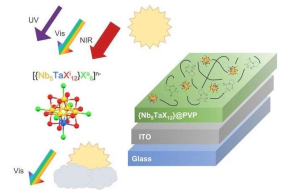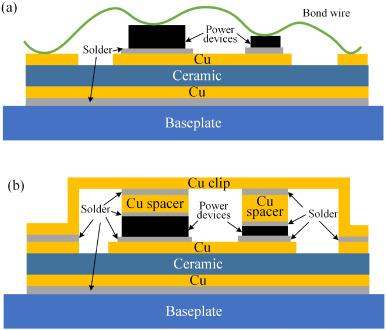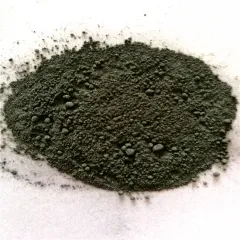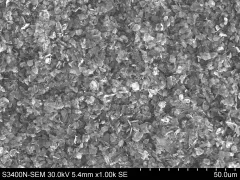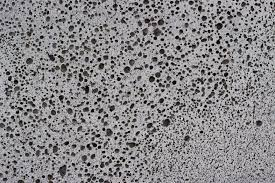A French and Japanese research collaboration has created a new metal nanocomposite coating that improves the insulating properties of window glass. The new coating prevents the passage of most near-infrared (NIR) and ultraviolet (UV) rays while allowing visible light to pass through. The findings were published in the journal Advanced Materials Science and Technology.
The nanoclusters are dispersed in a PVP matrix and then coated on ITO glass to block NIR and UV light while allowing visible light to pass through. Image source: Advanced Materials Science and Technology
Fabien Grasset, a solid-state chemist and director of research at the French National Center for Science, said: “Although the manufacture of commercial products is still a long way off, our work shows significant improvements in UV and NIR blocking properties compared to previous studies. To improve.”
“Buildings account for a large portion of global energy consumption,” Grasset explains: “A significant amount of a standard building’s annual energy consumption is spent on cooling and heating systems to maintain indoor temperatures at comfortable levels.”
Scientists are looking to develop window glass coatings that block near-infrared radiation from entering so buildings, and even cars can use less energy to keep their interiors cool. But this needs to be done to allow visible light to enter. Ideally, harmful UV rays are also blocked.
To this end, the International Law Day Research Collaboration fabricated and analyzed the properties of nanocomposites based on niobium-tantalum cluster compounds containing chloride or bromide ions.

They found that chloride-based nanoclusters performed best in blocking NIR and UV light while allowing visible light to pass through. NIR and UV blocking by nanoclusters depends on their concentration, dispersion, and oxidation state. By adjusting these parameters, the team was able to improve the performance of the nanoclusters.
The nanoclusters were dispersed into a polyvinylpyrrolidone (PVP) matrix and then coated on indium tin oxide (ITO) glass. This combination increased visible light transmission compared to previous studies while reducing NIR and UV transmission.
“These are very promising coating materials that can block the most troublesome near-infrared wavelengths,” Grasset said.
“We have a long history of Japanese-French cooperation,” he continued: “We are convinced that our cooperation is stronger by bringing together our different cultures and ways of thinking. The international LINK project reinforces this belief. We will continue to do our best to Maximize efforts to make further progress in finding solutions to the problem of global warming.”
source: www.xianjichina.com
Currently, the most commonly used UV-resistant material is nano silica
Application of Nanosilica in Coatings
Nano-SiO2 has extremely strong ultraviolet and infrared reflection properties and a high shielding rate against ultraviolet rays. Adding paint can block ultraviolet rays, thus improving the anti-ageing, weather resistance and thermal ageing of exterior wall paints, and at the same time, increasing the insulation of the paint. Hot sex. Nano-silica has a three-dimensional network structure, a huge specific surface area, and great activity. It can form a network structure when the paint dries while increasing the strength and smoothness of the paint and improving the suspension of the pigment. It can keep the colour of paint from fading for a long time. Due to the large specific surface area of nano-silica particles, they can produce strong cross-linking effects with polymer molecules. At the same time, due to the small size of nano-silica, they can fill the pores in the coating, making the coating denser and greatly improving the quality of the coating. The shear force and peeling force increase the adhesion of the coating.

Application of Nanosilica in Cosmetics
In the past, sunscreen products often used organic compounds as ultraviolet absorbers. However, there are problems, such as increasing the amount of addition to protect the skin from exposure to ultraviolet rays, which will increase skin cancer and chemical allergies. Silica is inorganic. The ingredients are easily compatible with other components of cosmetics, are non-toxic, odourless, and do not have the above problems. They are white and can be easily coloured. What is especially valuable is that silica has strong UV reflection ability and good stability and is not exposed to UV rays. It will not decompose, discolour, or react chemically with other components in the formula. These outstanding characteristics of silica have laid a good foundation for upgrading sunscreen cosmetics.
Application of Nanosilica in Textile Field
The composite powder formed by the appropriate ratio of nano-silica and nano-titanium dioxide is an important additive for anti-ultraviolet radiation fibres. Another important feature of fibres added with nanomaterials is their strong absorption of infrared rays from the human body, which can increase warmth and reduce the weight of clothes. Clothes made of fibres with added infrared absorbing nanomaterial powder can weigh up to Reduced by about 30%.
Nano Silicon Dioxide SiO2 Supplier
TRUNNANO is a supplier of chromium oxide with over 12 years experience in nano-building energy conservation and nanotechnology development. It accepts payment via Credit Card, T/T, West Union and Paypal. Trunnano will ship the goods to customers overseas through FedEx, DHL, by air, or by sea. If you are looking for high-quality Nano Silicon Dioxide SiO2, please feel free to contact us and send an inquiry.
